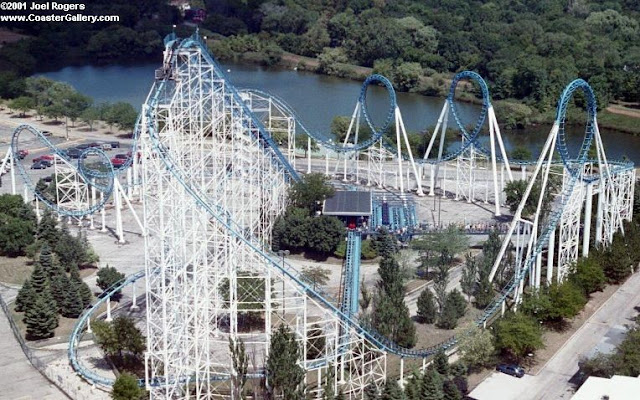The Eagle Lake & West Branch Railroad

“There are not a lot of places in the world where you can be hiking through a remote wilderness and suddenly stumble upon rusting locomotives.” - Maine.gov Nonetheless, the Eagle Lake & West Branch Railroad has exactly this, locomotives stuck in time from their days serving the lumber industry in the region. The railroad was built in the late 19th century and played a key role in the economic development of the area, transporting logs and other goods. Image: Maine.gov The Eagle Lake & West Branch Railroad was a logging railroad running in northern Maine during the turn of the last century. Logging railroads have existed in almost all forested areas of the US, and were particularly common in the far northeast. It ran about 17 miles from Eagle Lake, ME to Umbazooksus Lake, and then terminating at the north end of Chesuncook Lake. What sets this line apart from the numerous others that existed was that good chunk of the tracks and two locomotives still exist nearl...






